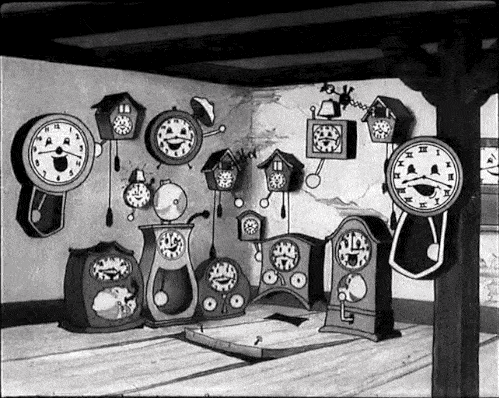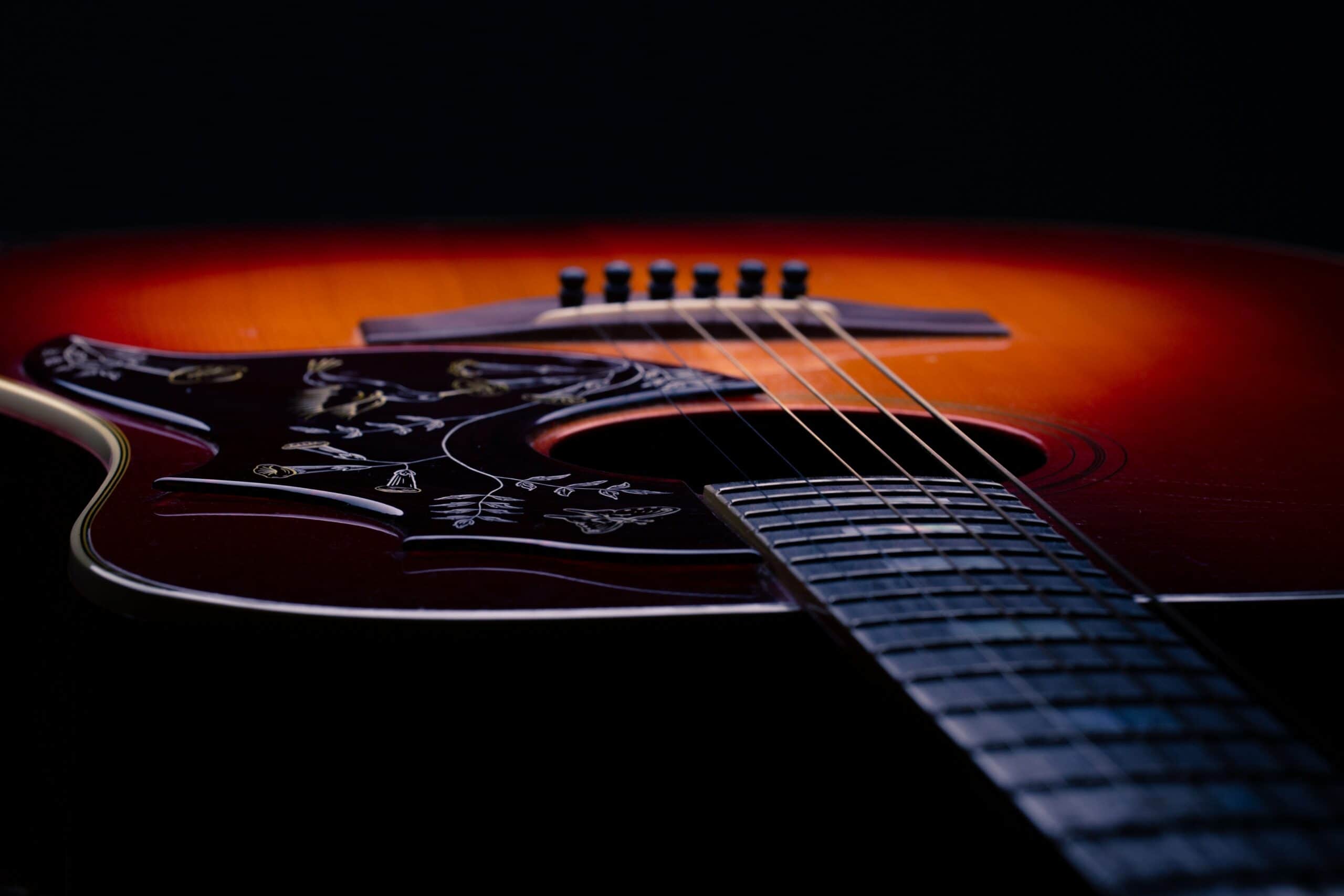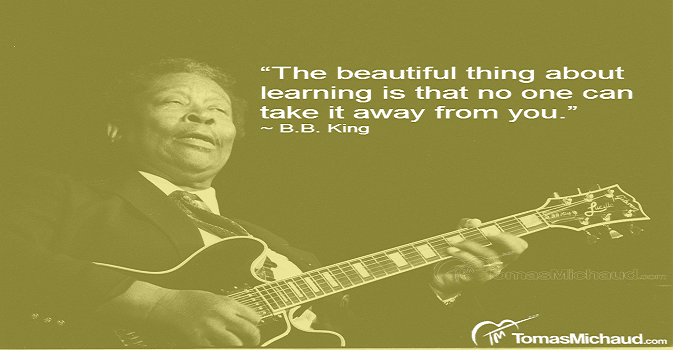In this lesson we’re going to tackle the F sharp minor chord, also spelled F#m.
For many guitar players this is a kind of “next level” chord. Before you jump into learning this chord, you must first learn the easy open chords like the D chord, G chord, C chord, and so on.
Then there are a series of slightly more difficult chords that, if not tackled, will hold you back.
This lesson is part of my “Breaking Through Beginning Guitar” series that's designed to help beginners break through some of the roadblocks that hold them back in the early stages.
So Many Forms Of F#m, So Little Time

There are many forms of this chord and often I will play it as a bar chord.
Some of you may wonder why spend the time learning a simpler F sharp minor instead of just going right for the bar chord.
There are several reasons for this, though there is no absolute one right way.
The first reason is fairly obvious. By learning the easier F sharp minor you'll be able to play more songs quickly and, in turn, get more practice.
There's nothing wrong with bar chords, but for the beginner it's best to learn bar chords step-by-step, first practicing the bar and working on the easiest forms. This takes time to do it right.
Many beginners who try to play bar chords without doing the necessary preparation end up tensing their hands and compensating in ways that makes for bad habits.
When I teach guitar either in person or through my online courses, I make sure to add exercises to prepare for the bar chord far in advance before presenting the first bar chord.
In this way I make sure that the student learns the bar chord correctly without excessive tension.
The second reason is that the simpler form of the F#m is a very useful chord even when you become an advanced guitarist.
I still use this version of the chord regularly depending on the sound I want and which chords I'm changing from.
It's especially useful if I want a sound that is not as full sounding as the bar chord. This means that the time and energy used to learn this chord form is not wasted.
Fingering The F Sharp Minor Chord
1. Start off by making a partial bar chord with the first finger, covering the first three strings on the second fret.
Try to get your first finger as close to the frets as possible without actually covering the fret. This will make it easier get a good clean sound without having to apply excessive pressure.
2. The next step is to rock the first finger slightly back so that you're pressing more on the side of the finger then on the face of the finger. This actually makes it easier to apply pressure without bending the knuckle.
3. Now place the third finger on the fourth string, fourth fret. Make sure you have a good arch in the finger so it doesn't touch any of the other strings.
This also makes it easier to get leverage and put pressure on the third string without straining your hand. Again make sure that your finger is close to the fourth fret without touching it.
4. Now place the third finger on the fourth string, fourth fret. Make sure you have a good arch in the finger so it doesn't touch any of the other strings.
This also makes it easier to get leverage and put pressure on the third string without straining your hand. Again make sure that your finger is close to the fourth fret without touching it.
F#m Chord Changing Exercise
Once you spent enough time just fingering the chord and trying to get the notes to sound clearly you'll want to practice the chord in an exercise.
Be patient with this and take the time to practice fingering the chord first.
At the same time don't worry about getting it perfect. The steps overlap.
You don't have to wait until one step is perfect before moving on to the next.
When you think you've reached about 70% perfection it's time to go to the next step.
In this case that's practicing changing from the F sharp minor to the D chord.
Finger the F sharp minor and strum the chord slowly four times. Then move to the D chord and strum four times.
Repeat this process for about a minute or two. Then stop, shake out your hands and relax.
Time To Add A Groove

Now do the exercise again but with a beat. I often have students use a metronome set at 40 bpm, but you may want to start with just your own pulse at first. (i.e. tap your foot, etc.).
Strum the chord with each beat and strive to change to the next chord without stopping or hesitating. Be patient.
This is more difficult than just strumming the chord but will take your playing to another level.
As you begin to change more easily you’ll want to pick up the speed little by little.
From time to time it's good to go back and just strike each of the strings in the chord one at a time to see if they are sounding clearly.
Like in the beginning of this process make some minor changes until you get a good sound.
If you practice the F sharp minor chord this way and you are patient and persistent you'll not only master the F sharp minor chord but you'll also be 90% of the way to playing any chord that uses a similar form.
You can actually move this entire form to another fret and make a different chord.
For example, if you move the whole form up one fret it becomes a G minor chord.

Tell Us What You Think - Please Comment Below!
We would love to hear your comments and questions. What specific things are you struggling with while learning guitar?

nice one Tomas,”it”s a beautiful sounding chord played in that position
Thanks Freddie.
Really guitar seems difficult for the beginners.But a proper way can make it so easy and practice can make it so easy. Your post guitar for the beginners is really so effective. Nice… Thank you provide it.
You are very welcome Debra.
– Tomas
Thank you so much ! Now i really get it right !!!
That’s the first time to see it done like this, but one less string is always good 🙂 I was struggling by using 2 fingers on the 4th fret part…. Thank you!
You are very welcome Randa. Thanks for commenting. – Tomas